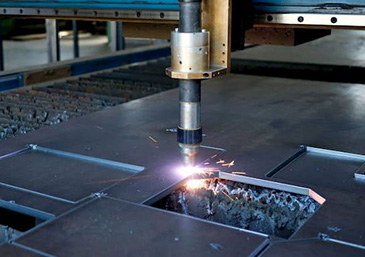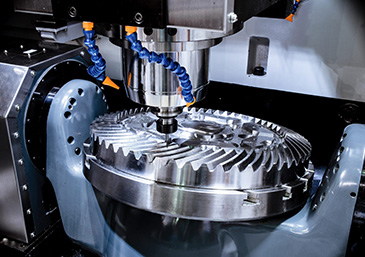What is 3D Printing?
3D printing, also known as additive manufacturing, is a technology that creates three-dimensional objects by adding material layer by layer. Unlike traditional subtractive manufacturing (such as cutting or drilling), 3D printing builds objects by accumulating material. This technology is widely used in various fields, including manufacturing, healthcare, aerospace, architecture, and art.
Basic Principles of 3D Printing
1.Designing the Model: First, a three-dimensional model is created using computer-aided design (CAD) software. The model can be generated by a 3D scanner or designed from scratch.
2.Slicing the Model: The 3D model is sliced into many horizontal layers, each representing a cross-section of the material. This process is typically done with specialized software called slicer software.
3.Printing: The 3D printer follows the instructions generated by the slicer software, adding material layer by layer until the entire object is complete. The printing materials can include plastics, metals, ceramics, resins, and more.
Common 3D Printing Technologies
1.Fused Deposition Modeling (FDM): Uses thermoplastic filament, which is melted and deposited layer by layer. It is suitable for low-cost prototypes and simple parts.
2.Stereolithography (SLA): Uses a photosensitive resin that is cured by UV light or a laser. It is ideal for objects requiring high precision and smooth surfaces.
3.Selective Laser Sintering (SLS): Uses a laser to sinter powdered material together. It is suitable for creating complex structures and functional parts.
4.Electron Beam Melting (EBM): Uses an electron beam to melt metal powder, primarily used in aerospace and medical implants.
Advantages of 3D Printing
1.Rapid Prototyping: Significantly shortens the time from design to physical product.
2.High Design Freedom: Allows the creation of complex and intricate geometries.
3.Minimal Material Waste: Only uses necessary materials, reducing waste.
4.Customization: Enables the production of customized products based on individual needs.
Challenges of 3D Printing
1.Material Limitations: Although the range of materials is expanding, there are still limitations.
2.Printing Speed: Printing complex or large objects can take a long time.
3.Accuracy and Surface Finish: Some technologies may not achieve high precision or smooth surfaces.
4.Cost: High-end 3D printers and materials can be expensive.
In summary, 3D printing is a revolutionary manufacturing technology that is continuously evolving and advancing, and it is expected to play an increasingly significant role in various fields in the future.







